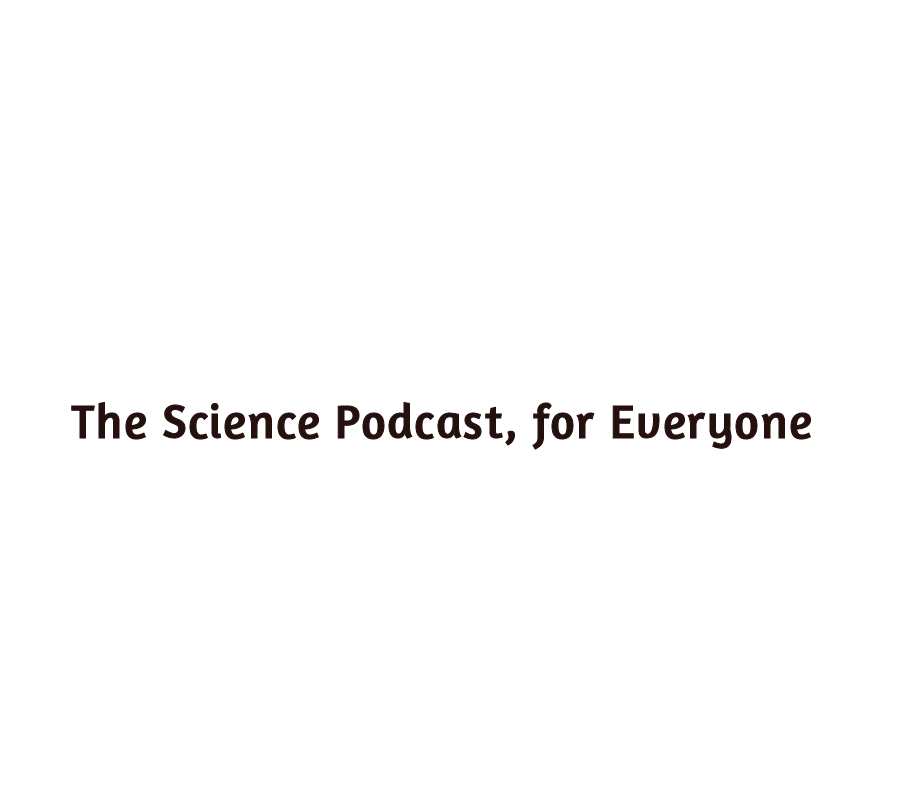the dish
it all began with the desire to spread knowledge.
A bold brand identity for The Dish, the science podcast for everyone. The mission was simple: create a visual identity for the podcast that would explore how we change the planet — and how the planet changes us. Its visuals needed to be inviting yet informative, a reflection of the show’s core principals.
the science podcast for everyone
Visual identity
Process
As a startup, The Dish needed a complete visual identity from the ground up, including a color palette, logos, a tagline, and illustrations. I started by getting super clear on the podcast’s tone and audience. We weren’t talking to researchers in labs—we were talking to the everyday person scrolling through Spotify on their lunch break. That meant the brand needed to feel smart, but not overcomplicated. Strategic, but obviously human.
From there, I sketched out ideas that blended science and storytelling—illustrations that felt both playful and thoughtful, a color palette that felt warm and intentional, and a logo system that could flex across podcast platforms, social media, and beyond. Every piece had to support the brand’s goal: spark curiosity, build trust, and make complex topics feel completely within reach.
Deliverables
Color Palette
Typography
Logo Suite
Illustrations
Mockups
Color Palette
Typography
Droog
Amaranth
Logo Suite








Illustrations




Mockups
Design Rational
Every brand starts with a conversation, and for The Dish, that meant digging into its mission: making science accessible, interesting, and honestly… kind of binge-worthy.
The font Droog was used for the word mark, a cute and friendly typeface that embodies the warmness of the show:
Amaranth was chosen because of its casual yet slightly quirky appearance:
The Petri dish full of crops and livestock, and a trash can with strawberries and broccoli and corn being wasted came naturally. The crops and produce especially, considering that almost half of all produce ends up wasted and 12.7% of dairy and eggs are wasted.

Non visual
Process
While the visuals pulled people in, the non-visual elements were built to hold their attention and earn trust. The brand speaks with the clarity of a well-read friend and the energy of someone who genuinely wants to understand the world better. It doesn’t dumb things down, but it keeps things digestible.
The voice is conversational, curious, and conscience-driven—the kind that asks big questions without making you feel small. Slightly irreverent when it needs to be (because let’s be honest, some things are absurd), but always grounded in empathy and genuine curiosity.
The brand’s personality lives somewhere between an approachable intellectual and your sharpest, most thoughtful friend. Messaging doesn’t rush to offer answers—it invites people to explore, to reflect, and to rethink how we impact the planet and how it shapes us in return. The tone stays honest, reflective, and just playful enough to keep complex topics from feeling like homework.
Deliverables
Voice
Personality
Brand Story
Key Messages
Brand Story
The goal of The Dish was to provide an educational resource that appealed to the everyday person. The founder wanted to discuss how we change the planet and how the planet changes us. It was a critical but easily digestible take on humanity, the environment, and biology.
Season one was all about food waste, and in each episode we would talk with a current researcher whose work focused on food waste.
Voice
conversational, curious, and conscience-driven
Personality
Slightly irreverent but Approachable Intellectual and Empathetic Advocate.
key messages
Yeah..
Wild, right? And this was just in the United States.
Yes, you read that right.
One-third of food that could be eaten isn’t, and yet one out of every seven Americans are food insecure — meaning they lack reliable access to affordable and nutritious food.
It’s a highly puzzling problem — and more complex than we ever thought.
But it’s a problem that people are still trying to bring attention to, and that was the goal of a researcher at NC State University: bring awareness to food waste, talk to researchers publishing papers about it, and try to find solutions for the everyday person.





